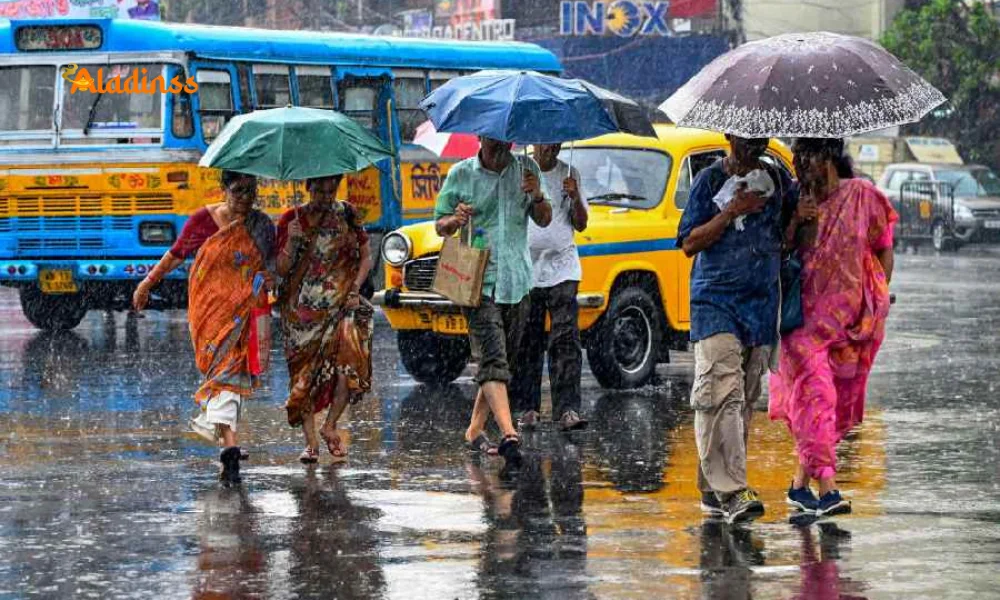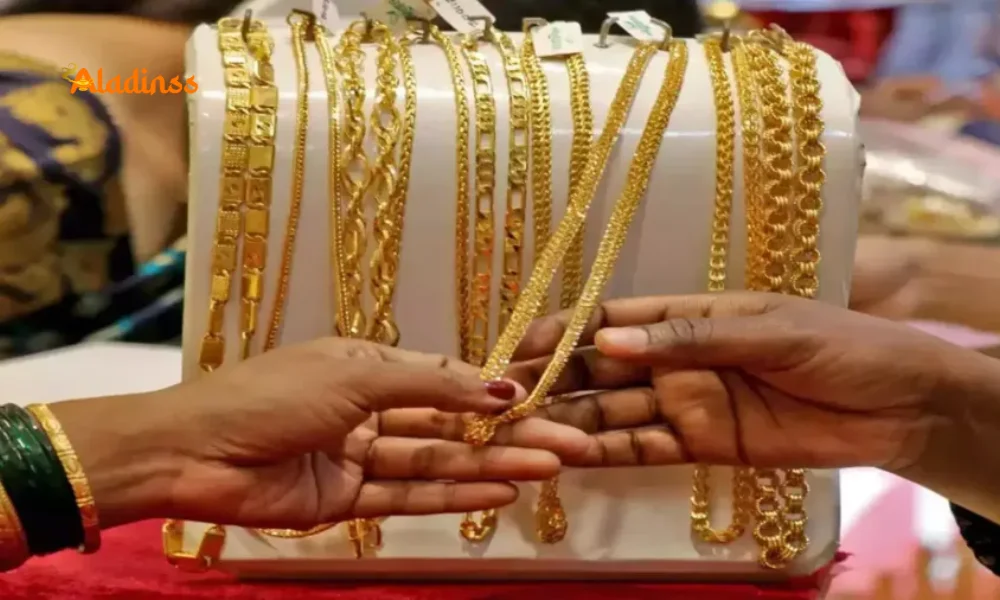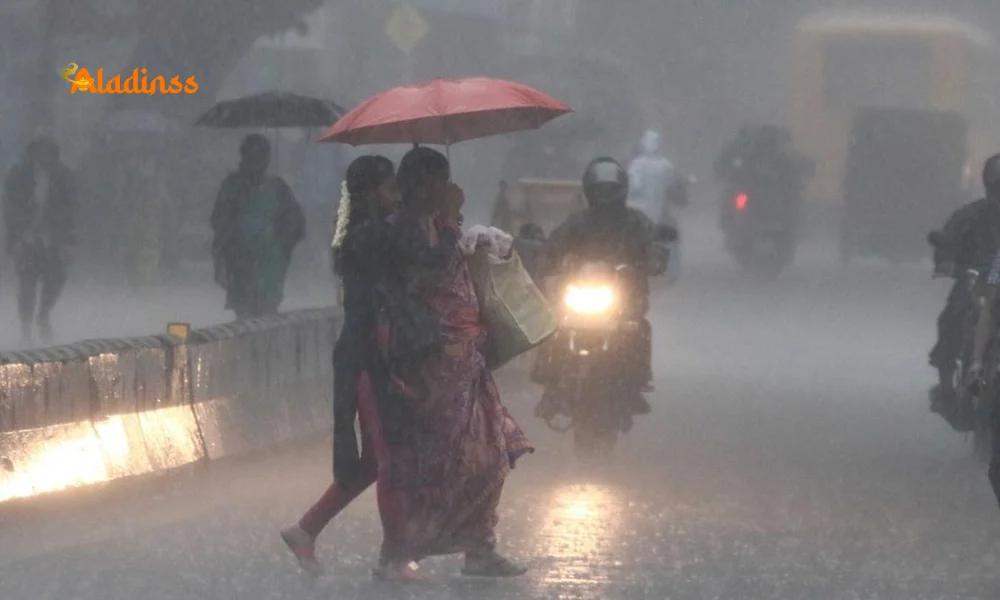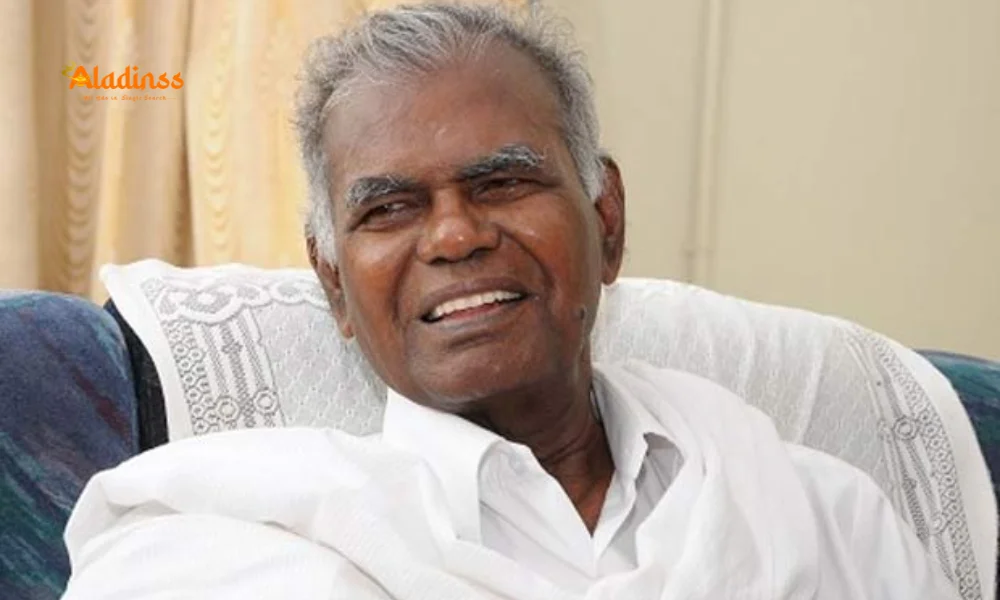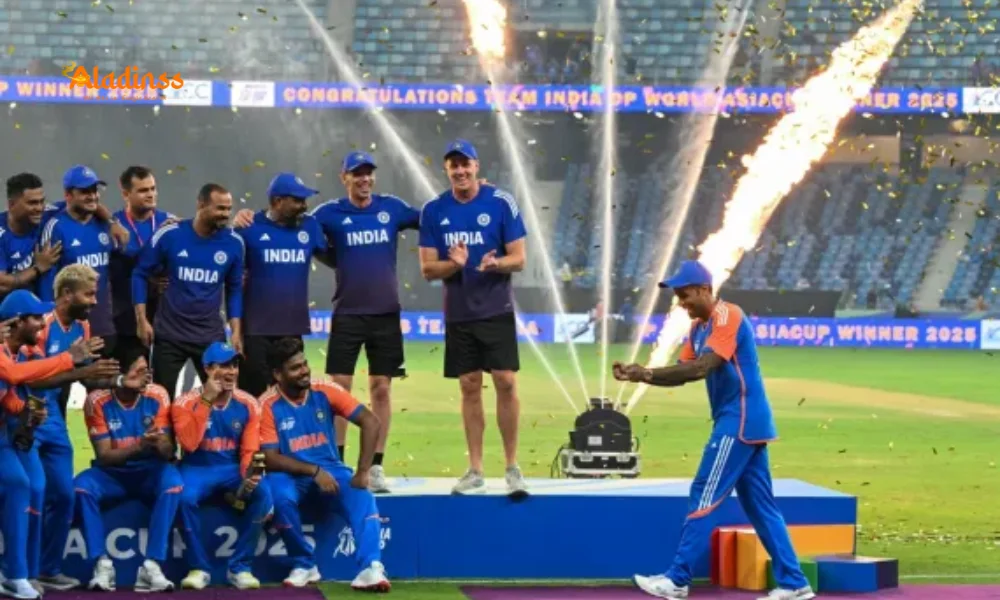Chirag Paswan LJP Leads in 23 Seats in Bihar Assembly Polls

Chirag Paswan's LJP(RV) Delivers Shock Surge: Leading in 23 Seats as NDA Dominates Bihar Polls
In a stunning turn that has electrified the National Democratic Alliance (NDA) camp, Union Minister Chirag Paswan's Lok Janshakti Party (Ram Vilas) LJP(RV) is leading in an impressive 23 out of the 29 seats it contested in the 2025 Bihar Assembly elections. As vote counting unfolded on November 14, 2025, across the state's 243 constituencies, these early trends from the Election Commission website signal a remarkable resurgence for the young Paswan scion, transforming what was once a fringe player into a pivotal NDA force. This performance not only bolsters the NDA's projected tally beyond 190 seats but also underscores Chirag's strategic acumen in reclaiming his father's political legacy amid Bihar's cutthroat caste arithmetic.
The leads span a diverse swath of Bihar's electoral map, from the Paswan-dominated strongholds in north Bihar to emerging urban pockets in the south. Candidates are ahead in key battlegrounds like Govindganj, Belsand, Sugauli, Bahadurganj, Kasba, Balrampur, Simri Bakthiyarpur, Bochahan, Darauli, Mahua, Parbatta, Nathnagar, Fatuha, Dehri, Obra, Sherghati, Bodh Gaya, Rajauli, and Gobindpur, among others. Prominent frontrunners include Raju Tiwary, the party's state president from Govindganj; Amit Kumar in Belsand; Sangita Devi in Balrampur; Baby Kumari in Bochahan; Babu Lal Shorya in Parbatta; and Mithun Kumar in Nathnagar. This breadth highlights LJP(RV)'s broadened appeal beyond its core Dusadh-Paswan base, tapping into EBC and Dalit voters disillusioned with larger allies.
Chirag Paswan's hard-fought negotiations secured these 29 seats a jump from the 2020 isolation positioning LJP(RV) as the NDA's wildcard. With Nitish Kumar's JD(U) eyeing 79 seats and BJP at 75, Paswan's haul could tip the alliance past the 122-majority mark with room to spare, sidelining the Mahagathbandhan's flagging fightback led by Tejashwi Yadav.
This surge is more than numerical; it's a narrative of redemption for Chirag, often dubbed "Modi's Hanuman" for his unwavering loyalty to the Prime Minister. After a bruising 2020 where his solo run splintered NDA votes and yielded just one seat, Paswan's 2025 pivot blending aggressive youth outreach with welfare endorsements has paid dividends, especially in migrant-heavy belts where unemployment bites deep.

From Shadows to Spotlight: Tracing LJP(RV)'s Meteoric Rise
Chirag Paswan's ascent is intrinsically tied to his father, Ram Vilas Paswan, the towering Dalit leader whose Lok Janshakti Party symbolized empowerment for Bihar's 16 percent Dalit populace, particularly the Dusadh sub-caste. Ram Vilas, a nine-time MP and serial Union Minister, navigated coalitions with the finesse of a tightrope walker, allying with everyone from BJP to RJD before his 2020 passing. Chirag, inheriting the mantle at 38, faced skepticism: seen as a Bollywood hopeful turned reluctant politician, he struggled to fill those giant shoes amid family feuds that splintered LJP into Pashupati Kumar Paras' faction.
The 2020 elections were Chirag's crucible. Rejecting NDA overtures, he fielded candidates in 243 seats, ostensibly to "save Bihar" from Nitish Kumar's "fading" regime. The gambit backfired spectacularly: LJP won one seat (Chirag's own Hajipur), but its targeted strikes in 40 BJP strongholds handed RJD windfalls, contributing to NDA's razor-thin 125-seat victory. Branded a "betrayer" by allies, Chirag's isolation honed his resilience. He rebranded as LJP(RV) in 2021, honoring his father, and rebuilt through grassroots: youth wings in colleges, migrant helplines in Delhi's labor hubs, and a narrative of "Paswan pride" untainted by dynastic baggage.
By 2024 Lok Sabha polls, reconciliation dawned. Chirag's Hajipur romp 56 percent vote share and five-seat NDA allocation validated his return. In Bihar's 40 Lok Sabha seats, LJP(RV) clinched all five, with Chirag's Jamui margin swelling to 1.7 lakh votes. This momentum carried into 2025 assembly prep: door-to-door campaigns in 100+ villages, social media blitzes targeting 18-35 demographics, and endorsements of NDA's Rs 10,000 women scheme as "empowerment, not handouts."
Strategic Seat Picks: How Chirag Carved His NDA Niche
The 29 seats allotted to LJP(RV) were no charity; Chirag bargained fiercely, prioritizing Paswan bastions and winnable EBC overlaps. North Bihar's sugar belt Govindganj, Sugauli saw aggressive pitches on ethanol plants, promising jobs for 50,000 locals. In central hotspots like Kasba and Simri Bakthiyarpur, anti-RJD caste jabs resonated, framing Tejashwi as "Yadav-centric." Southern forays into Dehri and Obra targeted industrial migrants, with promises of skill hubs tied to Modi's Atmanirbhar Bihar vision.
Leads in 23 seats up from initial 19 trends reflect this calculus. In Govindganj, Raju Tiwary's 15,000-vote edge stems from consolidating 80 percent Paswan votes, per booth data. Balrampur's Sangita Devi, a widow activist, flipped a 2020 RJD seat via women's self-help group tie-ups. Bochahan's Baby Kumari, daughter of a local strongman, rode a sympathy wave post her 2020 near-miss. These aren't flukes; they're engineered: LJP(RV)'s 2025 manifesto "Yuva Shakti, Dalit Asmita" blended youth quotas with Dalit scholarships, netting 12 percent statewide vote share estimates.
- Northern Dominance: Leads in 10/15 seats like Belsand and Bahadurganj, leveraging 90 percent Dusadh consolidation.
- Central Breakthroughs: 7/9 advances in Mahua and Parbatta, poaching EBCs from JD(U) fringes.
- Southern Gambles: 6/5 surprises in Sherghati and Rajauli, appealing to Magadh migrants via job pledges.
The Paswan Factor: Caste Calculus and Youth Magnetism
Bihar's politics is caste chess, and Chirag plays it masterfully. Paswans, 5.3 percent of the electorate, are a swing bloc: loyal to Ram Vilas but adrift post-2020. Chirag's "no alliance with betrayers" 2020 stance alienated Paras' RLJP but galvanized youth, with 40 percent under-30 cadres. In 2025, he flipped the script: allying NDA while decrying "caste tyranny," positioning LJP(RV) as Dalit vanguard without RJD's Yadav shadow.
Youth turnout, at 68 percent in LJP seats, was the X-factor. Campaigns featured rap battles on unemployment, TikTok reels mocking Tejashwi's "selfie governance." In Hajipur, Chirag's home turf, migrant workers bused back voted en masse, crediting his Delhi interventions during COVID lockdowns. This "Modi's Hanuman" tag for echoing PM's anti-corruption amplified national visibility, drawing BJP war chests.
Opposition missteps aided: Mahagathbandhan's SIR fixation ignored ground realities, while Prashant Kishor's Jan Suraaj siphoned urban independents but spared Paswan pockets. LJP(RV)'s 23 leads could yield 20-22 seats, making Chirag kingmaker in cabinet formations.
Implications for NDA: Power Plays and Policy Shifts
For NDA, Chirag's haul is manna: it insulates against JD(U) wobbles and BJP overreach. Nitish Kumar, eyeing his fifth term, may concede Deputy CM to Paswan, echoing 2020 snubs. Policy-wise, expect Dalit-focused accelerations: expanded SC/ST scholarships, Paswan-specific ethanol clusters in Vaishali. Chirag's parliamentary clout as Food Processing Minister could fast-track Bihar's agro-processing, targeting 10 lakh jobs by 2030.
Nationally, it burnishes Modi's Hindi heartland armor post-2024 Lok Sabha dips. Chirag's success from 1 seat in 2020 to potential 23 validates "inclusion politics," countering opposition's "BJP hegemony" barbs. Yet, risks lurk: over-ambition could irk Nitish, reviving 2020 fissures.
Ground Voices: Triumph Tales from the Trenches
In Govindganj's dusty booths, Raju Tiwary's supporters erupted: "Chirag bhaiya avenged 2020; Paswans won't be sidelined." Balrampur's Sangita Devi, leading by 12,000, credited women's collectives: "He promised dignity; NDA delivered Rs 10,000." Contrasts emerge in trailing seats like Ujiarpur, where RLJP's Paras shadow lingers, but overall, jubilation reigns.
As Patna's counting halls hum till midnight, Chirag's phone buzzes with Modi-Nitish felicitations. From actor to architect of Dalit resurgence, his 2025 script flips the narrative: not spoiler, but savior. Bihar watches if this young gun sustains the fire, or flickers under coalition coals.
This LJP(RV) surge redefines Bihar's power matrix, blending legacy with innovation. With 23 leads locked, Chirag Paswan isn't just surviving he's soaring, etching a chapter where underdogs devour giants.
Comment / Reply From
No comments yet. Be the first to comment!
